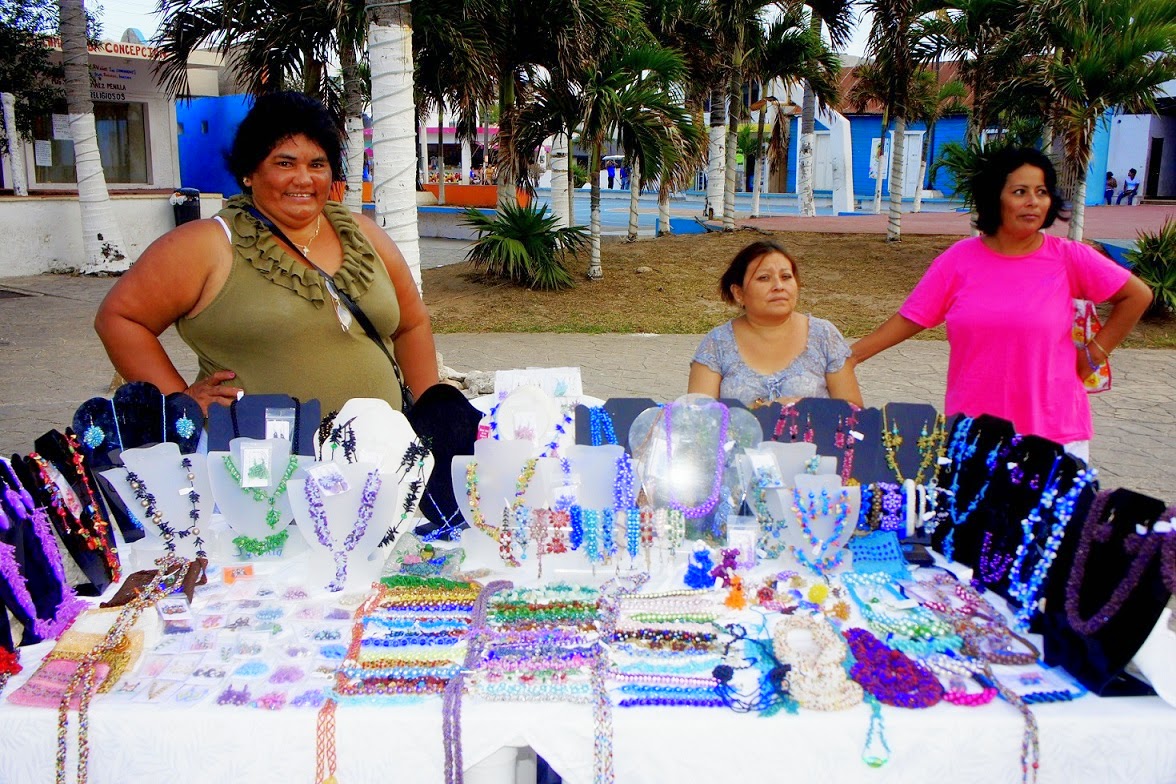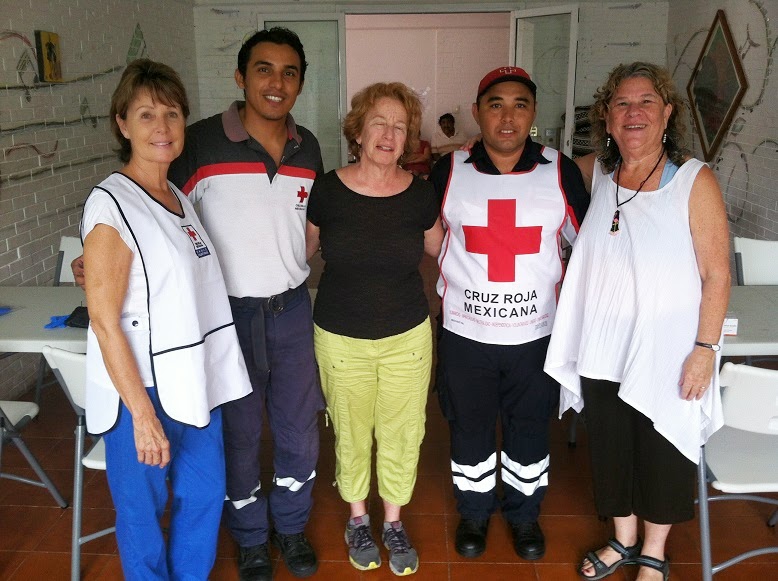Feeling
a bit hungry, he walked across the road looking for a better place to
eat. A loud noise, a blur of red, and then indescribable pain! He
lay flat on the roadway, unable to move, barely conscious – when he
felt himself being lifted up and placed into a large container.
 |
| Jacana - slowly recovering |
This
was not how the young Jacana bird, Jorge, had planned to start his
day; first a collision with a taxi, and then a human taking him
prisoner.
His mother had warned him about the dangers of living near
humans, but sometimes you just had to take the risk to find food.
Collapsing in pain inside the bucket, Jorge wondered what his fate
might be.
He
heard a man and a woman discussing him, saying he probably wouldn't
live more than a few minutes due to his head injury. No! I will
survive. Jorge decided. Waiting, waiting: as the hours passed, Jorge slowly regained a bit of strength. The woman checked
frequently to see if he was still alive. Eventually, he was able to
lift his head off the bottom of the bucket, and then, finding a hidden
reserve of energy, he tucked his long-toed feet under his body and sat
upright. Oh, but the pain in his head. It was fierce!
The
human popped her head into the room again, pulling back the edge of
the towel covering the top of the bucket, talking to him as if he
understood her words. “I posted on social media asking if anyone
knows how to help you. A friend offered to contact Delfino Guevera, the local veterinarian. So we'll see what Delfino
says,” she said, gently replacing the towel, leaving him alone in
the dark, fretting over what would happen next.
 |
| Clinica Veterinaria de Isla Mujeres |
A
short time later, the Jacana heard another human voice, asking if he was still alive. “Yes, he's here,” the woman said, “I have
a bird in a bucket in my bathroom.” Jorge didn't understand why
that was funny, but both the woman and the man she called Delfino
chuckled. Next, the veterinarian deftly moved him from the bucket
into a cage that smelled alarmingly like cats!
Was he
going to be fed to cats? That would be a horrible end to a really bad day.
Delfino
told the woman that he would take the juvenile Jacana to
his clinic. If he survived, Delfino said he would probably take him
to the bird sanctuary in Cancun the following day. The trip to
the clinic on a motorcycle was short and scary. Once inside the
bright new building, Jorge was thoroughly examined by the veterinarian
and placed in a cage. As he huddled in fear, the smell of
cats, dogs, and strange chemicals swirled around him. He was
accustomed to the smell of the ocean, the marshes, other birds, and
nearby humans. He was not accustomed to having so many predators,
his enemies, in the same area. It was terrifying!
 |
| Rosa & Codie |
Very
soon, another male voice could be heard. “Is this the poor guy that
had a run-in with the taxi?” the man asked.
Instead of taking the bird on another stressful trip to the sanctuary in Cancun, Delfino had called an island friend who had experience helping wild birds recuperate. “I'll take him home.” Gunther Hepner said, gently picking up the bird. "We'll get him fixed up.”
Instead of taking the bird on another stressful trip to the sanctuary in Cancun, Delfino had called an island friend who had experience helping wild birds recuperate. “I'll take him home.” Gunther Hepner said, gently picking up the bird. "We'll get him fixed up.”
Another
fast motorcycle ride, then they entered yet another building and
Jorge could smell birds – other birds! “This is Codie and Rosa.”
Gunther said as he introduced his pets to Jorge, “Kids, say hello to your
new roommate.”
 |
| Jorge the Jacana back in the wild |
“Well,
this is encouraging,” Jorge thought. He was already feeling a bit better. “If this human has pet birds, then he probably
won't feed me to a cat!” Jorge was put in a dark, quiet place for
the night and given water to drink.
The next morning, the man gave
him a tasty breakfast of fresh flies. By now, Jorge was able to stand
on Gunther's hand, balancing precariously for a few minutes. “You'll
be fine,” he said, “I'm going to put you back into a marshy
area where you can find food and water, and similar friends. But first, we need to have a chat about your bad behaviour. You must
stay away from roads. Next time you may not be so lucky!”
 |
| Paradise! |
Jorge
agreed wholeheartedly. He was very lucky indeed to have so many
humans helping him get better. And he could still
enjoy life in paradise.
If you see a beautifully coloured Jacana bird, it just
might be Jorge. Tell him Dr. Delfino Guevera, Gunther Hepner, Lawrie, and I are happy he survived his near-fatal encounter with a taxi.
Hasta
luego, Lynda, Lawrie, Sparky, and Thomas
Murder. Mayhem. Revenge. Romance.

%20Instagram%20%231.jpg)























